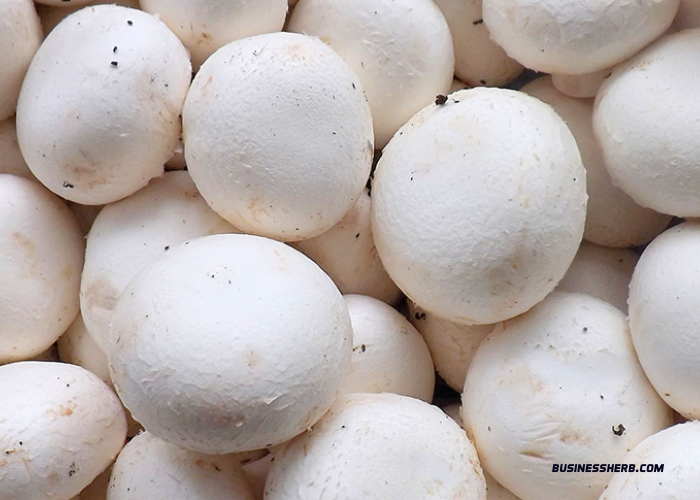Mushroom foraging has gained popularity as a fascinating outdoor activity that combines the joys of nature exploration and culinary delight. Oklahoma, with its diverse ecosystems, offers a bountiful array of edible mushrooms for those eager to explore its forests and meadows. This guide will introduce you to some of the edible mushrooms found in Oklahoma, guiding you through their identification, habitats, and culinary uses.
Introduction to Mushroom Foraging
Mushroom foraging is a centuries-old practice that has seen a resurgence in recent years due to a growing interest in local, sustainable, and organic foods. The thrill of discovering these elusive organisms in their natural habitats and the rewarding experience of turning them into culinary masterpieces have attracted enthusiasts from all walks of life. However, a word of caution: while foraging for edible mushrooms can be immensely rewarding, it’s essential to exercise caution and thorough knowledge, as there are also toxic varieties that can be deadly if ingested.
Morel Mushrooms (Morchella spp.)
The morel mushroom is perhaps one of the most iconic and sought-after edible mushrooms in Oklahoma. With their distinct honeycomb appearance and earthy flavor, morels are a delicacy prized by both amateur foragers and gourmet chefs. These mushrooms typically appear in the spring, emerging from the forest floor after rain and warmer temperatures. Look for them in wooded areas, near ash, elm, and oak trees.
Identification: Morels have a cone-shaped cap covered in a textured pattern resembling a honeycomb. Their color can vary from light tan to dark brown.
Culinary Uses: Morels are highly versatile and can be used in a variety of dishes. They can be sautéed, added to pasta, or used in sauces to impart a rich, earthy flavor.
Chicken of the Woods (Laetiporus sulphureus)
Chicken of the Woods is a brightly colored mushroom that grows on overlapping shelves on the trunks of dead or dying trees. Its unique appearance and flavor make it a favorite among foragers.
Identification: Chicken of the Woods has bright orange to yellow fan-shaped caps that overlap like the layers of a chicken’s feathers. The flesh is tender and has a mild, slightly tangy taste.
Culinary Uses: This mushroom has a meaty texture that makes it an excellent substitute for chicken in vegetarian dishes. It can be sautéed, grilled, or used in stir-fries.
Puffball Mushrooms (Calvatia spp.)
Puffball mushrooms are distinctive for their round, ball-like appearance and lack of a traditional cap and stem. They are known for their mild flavor and delicate texture.
Identification: Puffballs are usually found on the ground, and they can range in size from golf balls to larger than a soccer ball. When young and edible, they are white or pale in color.
Culinary Uses: Puffball mushrooms are best enjoyed when young and still firm. They can be sliced and fried, added to omelets, or incorporated into soups.
Shaggy Mane (Coprinus comatus)
The Shaggy Mane mushroom is known for its distinctive appearance and rapid decay after maturity. It’s often called the “lawyer’s wig” due to its cap’s shaggy appearance.
Identification: The Shaggy Mane has a cylindrical cap covered in shaggy scales. As it matures, the cap turns black and releases a black ink-like substance, which gives it another common name: the Ink Cap.
Culinary Uses: This mushroom is best enjoyed when young and still white. It has a delicate flavor and can be sautéed, added to sauces, or used in soups.
Chanterelle Mushrooms (Cantharellus spp.)
Chanterelles are renowned for their distinct trumpet-like shape and delicate, fruity aroma. They’re often found in forests and woodland areas, particularly near oak and pine trees.
Identification: Chanterelles have a bright orange to yellow-color and a wavy, vase-like shape. Their cap is smooth, and their gills run down the stem.
Culinary Uses: These mushrooms have a unique and delicious flavor that works well in both savory and sweet dishes. They can be sautéed, added to risottos, or used to flavor sauces.
Conclusion
Exploring Oklahoma’s Edible Mushroom Delights
Foraging for edible mushrooms in Oklahoma offers a captivating blend of outdoor adventure, scientific exploration, and culinary satisfaction. However, it’s crucial to approach mushroom foraging with caution and to prioritize proper identification. While this guide introduces you to some of the edible mushrooms found in Oklahoma, it’s essential to continue your education through field guides, workshops, and experienced foragers.
As you venture into the woods and meadows of Oklahoma, remember to respect the environment and its inhabitants. Only harvest what you can positively identify as edible, leaving behind the rest to continue the mushroom’s lifecycle and contribute to the ecosystem’s balance. With the right knowledge and a spirit of curiosity, you can unlock the hidden treasures of Oklahoma’s edible mushroom kingdom and create delightful dishes that celebrate the bounty of the land.

